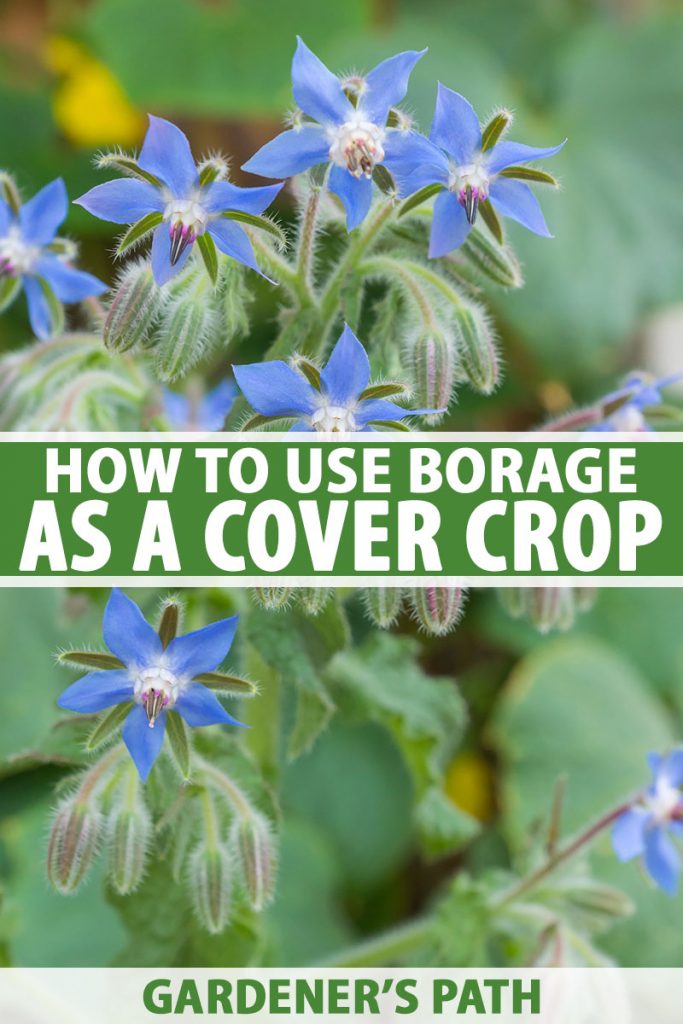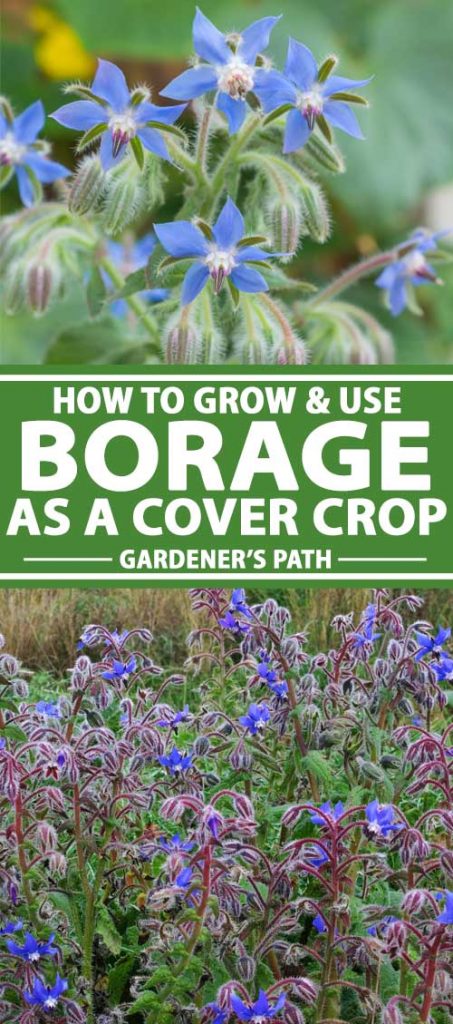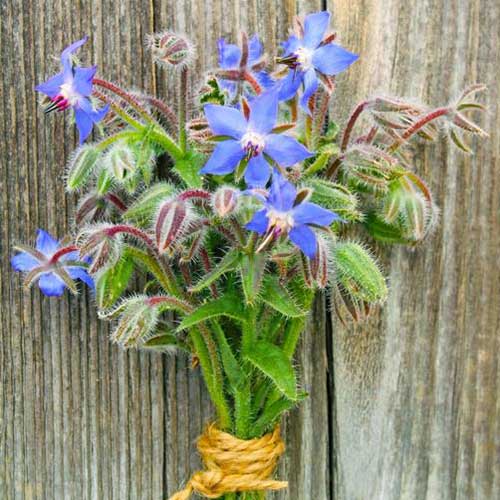Chances are high excessive you’ll consider borage as a surprising yard herb that produces delicate little blue flowers, blossoms which is maybe great for freezing in ice cubes for a refreshing summertime twist in your favourite chilled drinks.
Nonetheless have you ever learnt this herb, acknowledged to us botany geeks as Borago officinalis, may also be used as a canopy crop to bolster the soil?
It could even be used as a inexperienced manure for individuals who combine it into your soil or compost, as a present of pure matter and dietary nutritional vitamins.
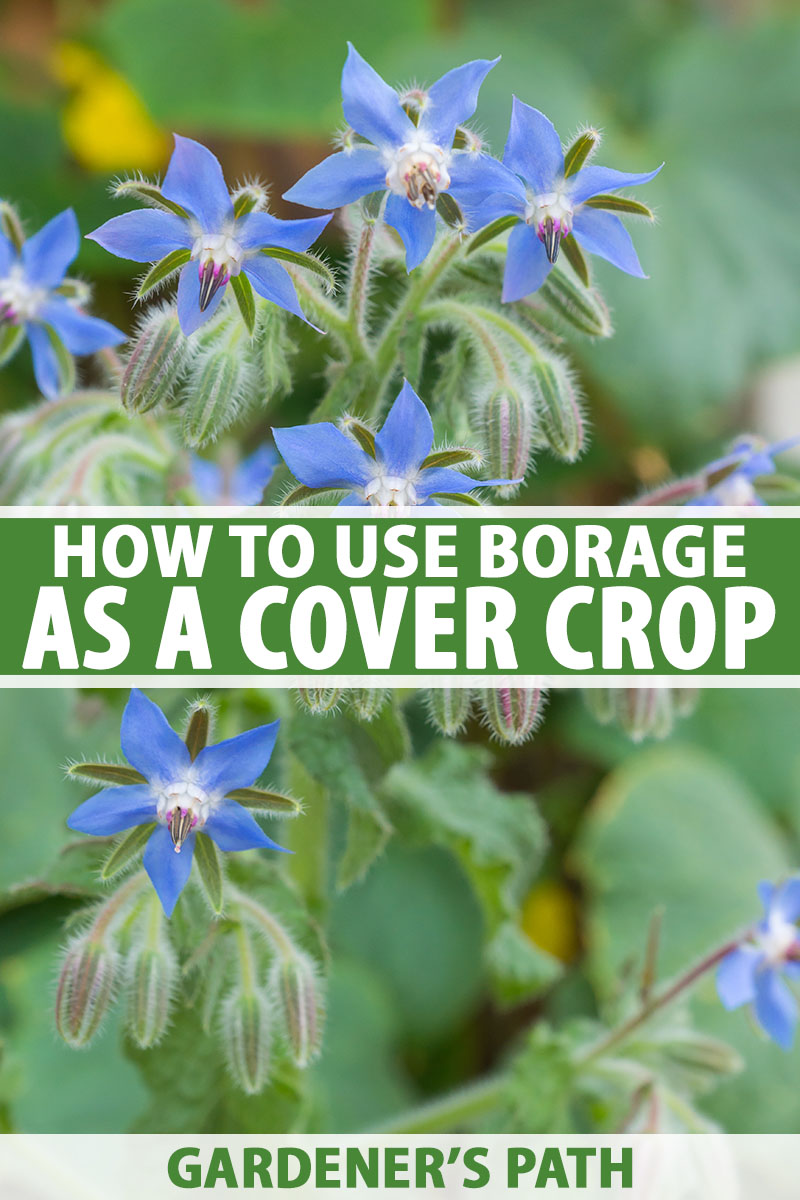

We hyperlink to distributors that may make it simpler to uncover related merchandise. When you purchase from one among our hyperlinks, we might earn a value.
I’ll go over among the best methods to utilize this herb as a inexperienced manure, and the yard advantages of utilizing it as a canopy crop. I’ll furthermore current some selections for sourcing borage seeds.
Correct proper right here’s an summary of what’s forward:
Yard Advantages of Borage
When you contemplate cowl crops, borage is maybe not the very very very first thing that entails concepts. Maybe you envision a self-discipline sown with buckwheat, self-discipline peas, or clover – or perhaps grains like rye or oats.
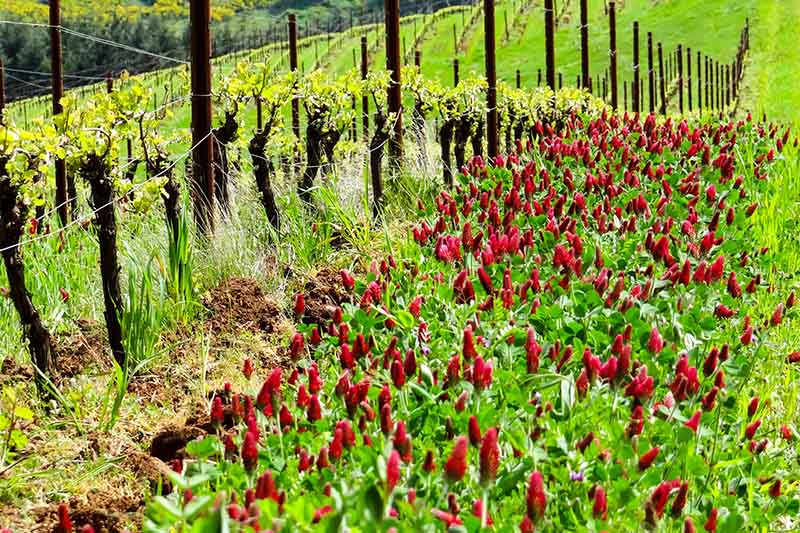

Two utterly totally different cowl crops which is maybe furthermore used pretty extensively – comfrey and phacelia – are intently associated to borage, with all three being members of the borage household, Boraginaceae.
Each comfrey (Symphytum officinale) and phacelia (Phacelia tanacetifolia) determine prominently in agricultural analysis learning the advantages of canopy cropping and inexperienced manure.
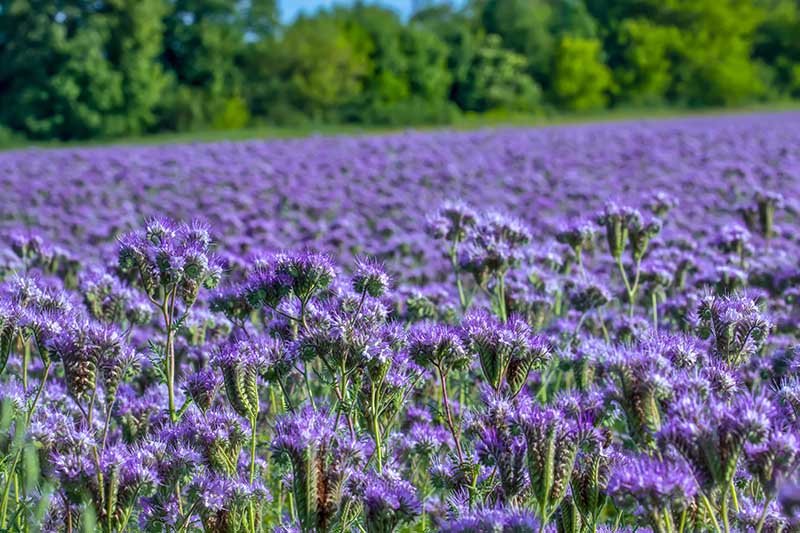

Nonetheless whereas borage has confirmed itself helpful in eradicating heavy metals from the soil, it has not nonetheless been studied extensively for varied forms of soil enchancment.
Nonetheless, as we gardeners embrace further pure gardening strategies, we’re rising our repertoires of soil-improving crops, and plenty of gardeners are experimenting with utilizing this herb for this function.
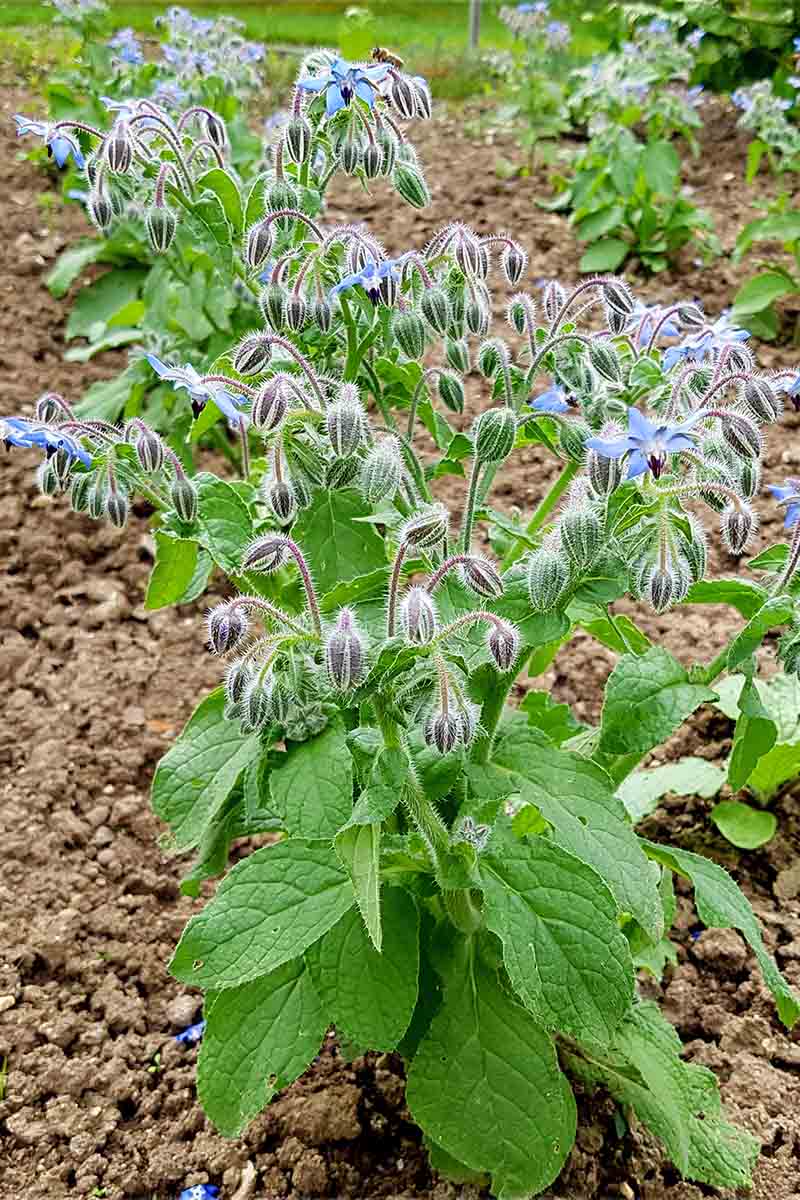

Further exhausting analysis ought to be achieved to guage borage’s usefulness on this space, nonetheless contained in the meantime, let’s contemplate the acknowledged advantages that this herb can ship as a canopy crop.
Soil Enchancment
Much like daikon radish that’s used to “until” the soil, this herb can enhance it with its roots – it has an extended taproot that plunges deep underground.
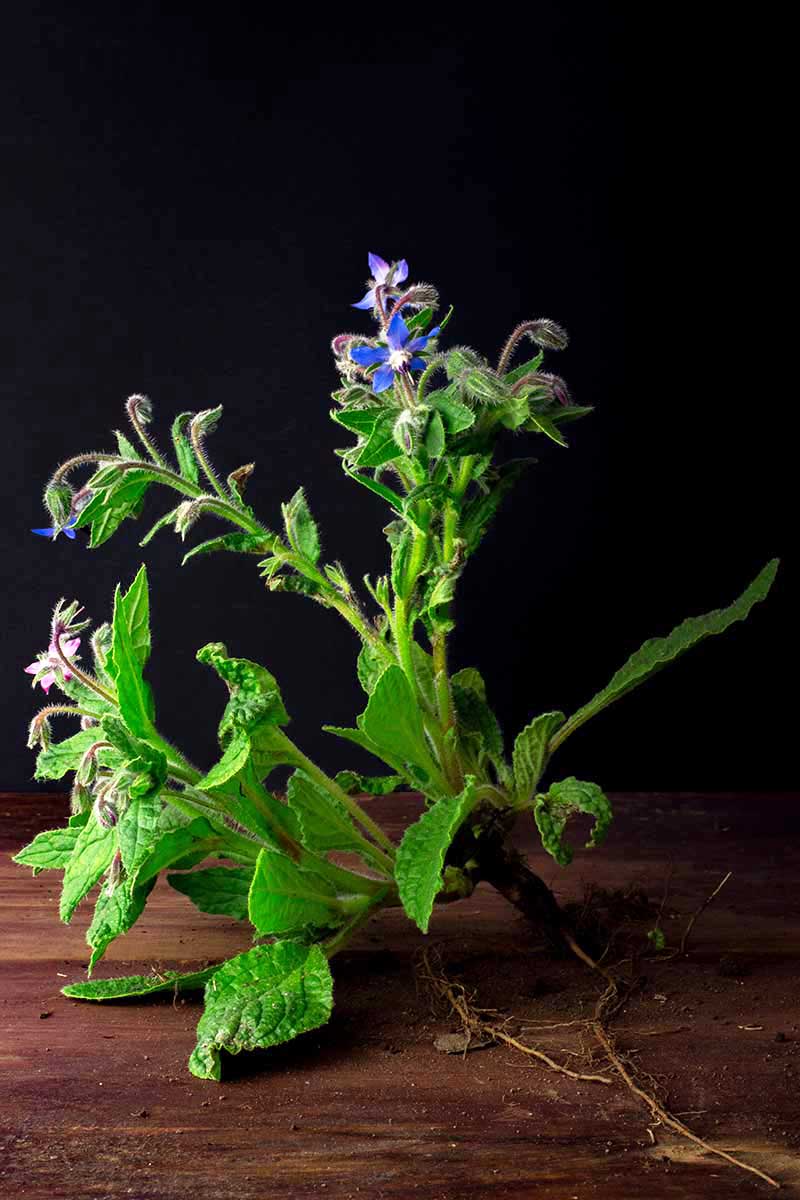

When crops are pulled up, or tilled beneath and allowed to interrupt down, the have an effect on of those taproots ends in improved soil drainage and aeration.
To get the very best use of your crops on this means, you’ll ought to allow them to mature so their taproots develop to a large dimension.
Soil Safety
Borage grows shortly in early spring and has in depth leaves, so it’d correctly act like a residing mulch.
These in depth leaves cowl the naked floor, defending it from runoff and erosion the place frequent spring rains might in each different case wash the soil away.
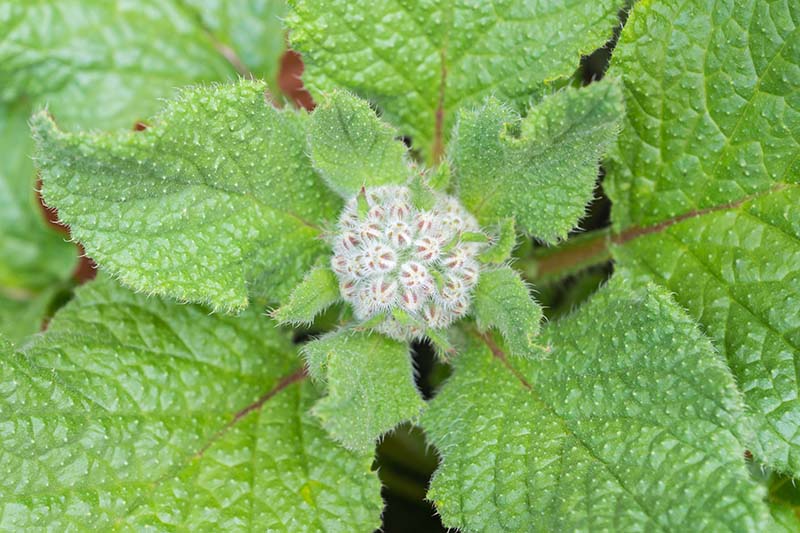

To revenue from this herb as a residing mulch, it may be sown on fallow land, interplanted with utterly totally different crops, or grown in yard beds as a cool season cowl crop after which eradicated earlier than heat season veggies are planted.
Weed Suppression
One totally different benefit of this herb’s in depth leaves? They unfold out, suppressing weeds that can in each different case be capable of revenue from daylight, water, and residential equipped in naked soil.
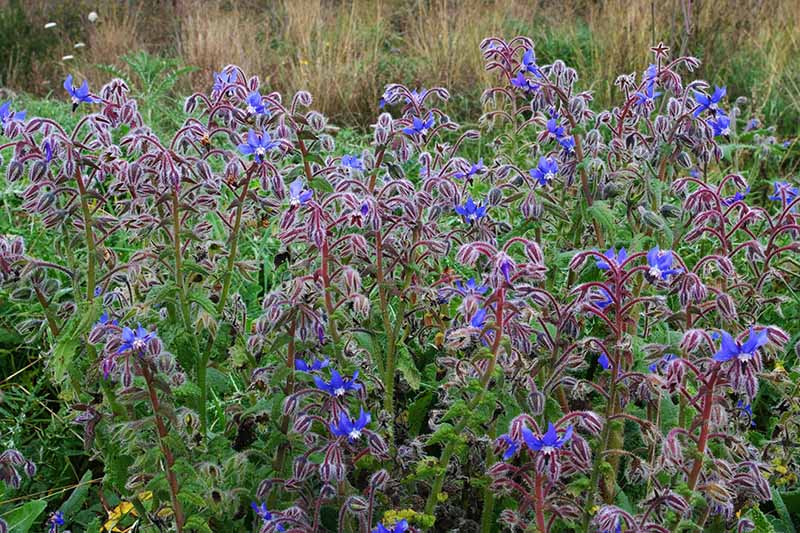

In a paper printed in 2012 contained in the Worldwide Journal of Agricultural and Biosystems Engineering, F. Zaefarian and colleagues concluded that interplanting borage with candy basil and corn resulted in greater weed suppression in distinction with monocultures – that’s to say, crops of 1 type that weren’t interplanted with utterly totally different species.
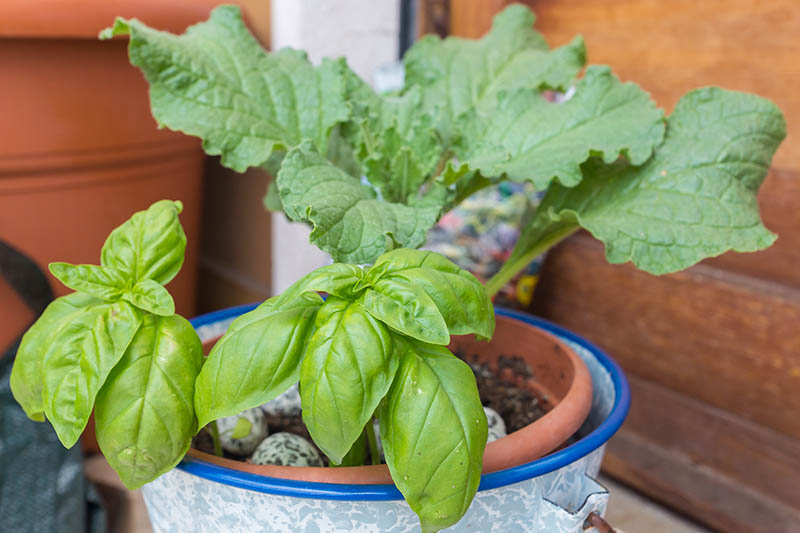

To reap its weed-suppressing advantages, interplant your foremost edible crops with this annual herb.
When your foremost crops unfold and require further room, borage may be eradicated earlier than maturity and added to your compost, offering pure matter and dietary nutritional vitamins.
Water Retention
One totally different benefit of its residing mulch standing is that borage might help to stop the soil from drying out and assist it to retain water.
Naked soil merely loses water by evaporation, whereas areas planted with borage instead will carry on to moisture longer.


Along with its mulch-like leaves, its roots might assist in soil water retention.
The roots of this and utterly totally different crops permit water to filter down into the soil, serving to rainwater or irrigation water sink in significantly than working off.
Insectary
Cowl crops are normally used as insectaries, crops that entice useful bugs resembling pollinators and predatory bugs.
Borage works splendidly as an insectary – the bees and butterflies in my very private yard can attest to this!
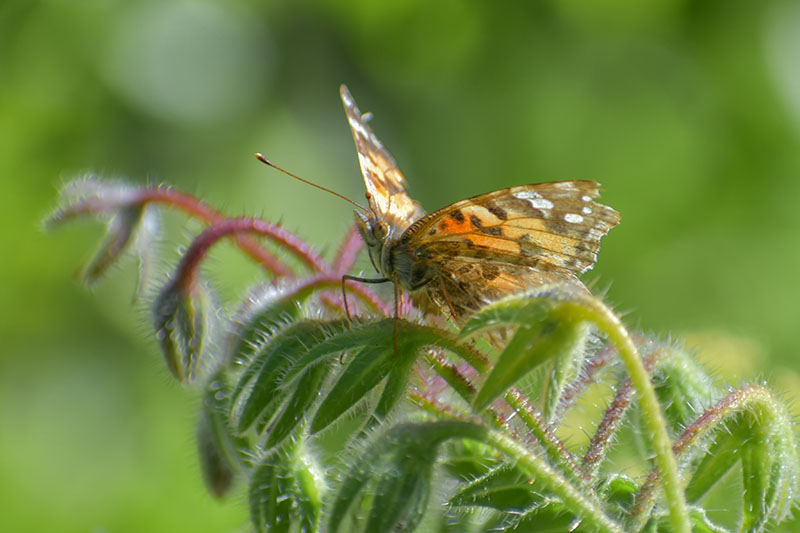

It presents useful bugs each meals and shelter, and is in bloom from roughly June by September, providing nectar to bees, butterflies, and plenty of utterly totally different pollinators for plenty of the summer season season.
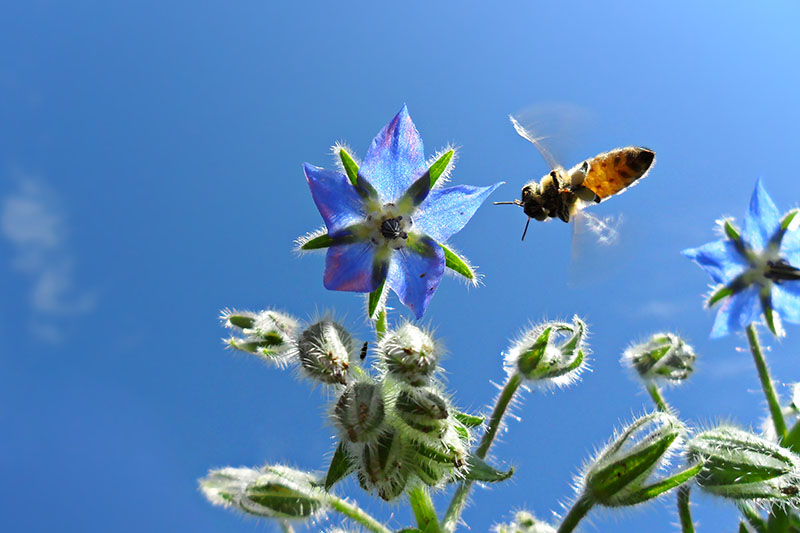

Along with residence yard use, this herb may be sown in orchards to produce pollinating honeybees with an early forage present contained in the spring.
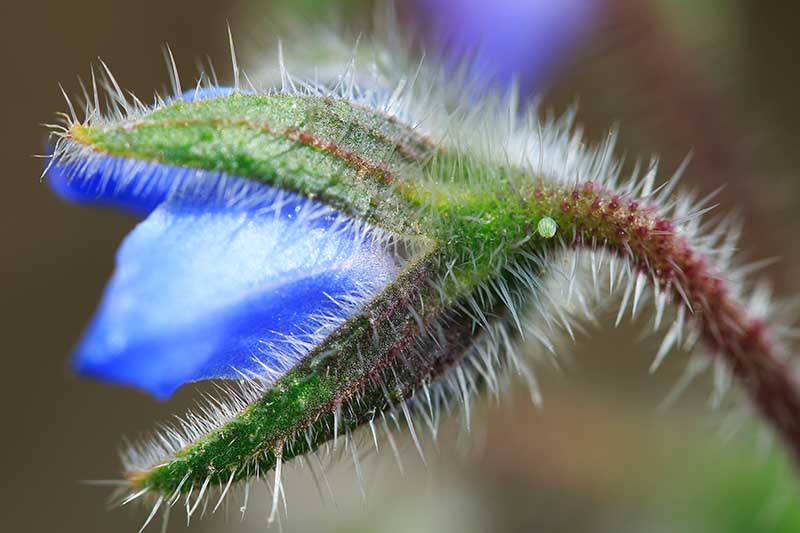

Lacewings lay their eggs on the leaves, and painted girl butterflies use it as an anchor for his or her chrysalises, to endure their transformations from lowly caterpillars into fairly butterflies.
To revenue from this herb as an insectary plant, let it flower and preserve in your yard all by the rising season, or at the very least till it is potential you will present the bugs with utterly totally different sources of forage and shelter.
And for a lot of who’d need to analysis further regarding the artwork work of canopy cropping, dig into our article on the topic!
Borage as Inexperienced Manure
Vegetation are used as inexperienced manure after they’re tilled or labored into the soil – merely as you’d with animal-based fertilizer.
And whereas the analysis on utilizing borage on this vogue actually isn’t conclusive nonetheless, as of this writing, that doesn’t point out farmers and gardeners aren’t doing it.
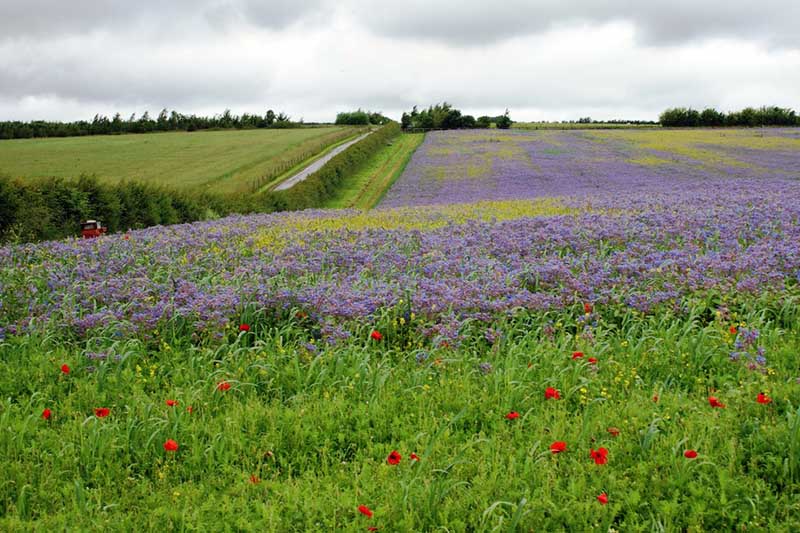

Remember that I discussed this herb will probably be utilized to take away heavy metals from contaminated soils?
The crops take up heavy metals by their roots and retailer them. The crops are then disposed of, forsaking safer, loads a lot much less polluted soil.
Correctly, heavy metals aren’t the one problem this plant can ship up from the soil.
On account of this herb has an extended taproot, it brings up dietary nutritional vitamins from deep contained in the soil and retailers them in its leaves, as comfrey does.
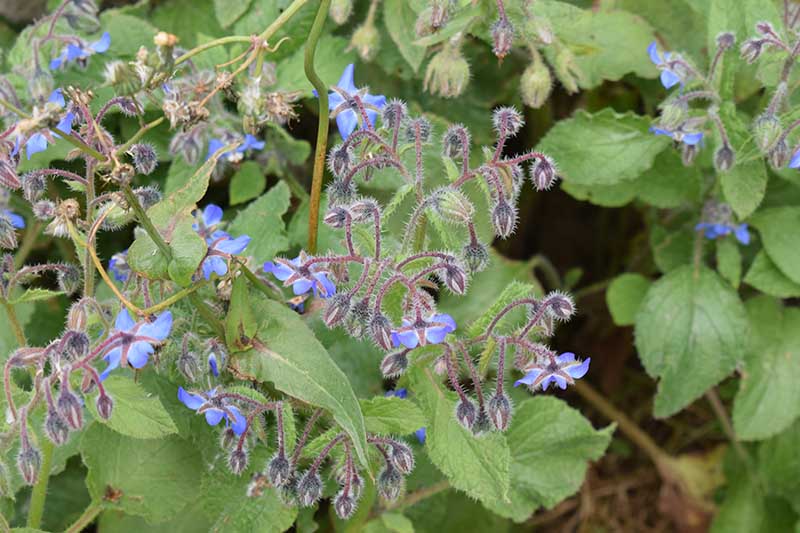

Like utterly totally different crops used for this function, as shortly as a result of the dietary nutritional vitamins are contained in the plant’s leaves and stems, they’re normally tilled up and returned to the higher ranges of your soil to assist feed utterly totally different crops – or added to your compost to complement it.
Tilling this plant into the earth or putting it contained in the compost pile will change these dietary nutritional vitamins to wherever you need them.
Merely don’t forget that if cowl crops are grown in areas polluted with heavy metals, all plant provides will must be disposed of, not composted, or the contaminants will probably be put as soon as extra into the soil.


It’s necessary to recollect although, there’s a distinction between inexperienced manure and animal manure.
Animals resembling chickens or sheep have already damaged down the distinctive plant provides for you by consuming it and reworking it of their digestive system.
Manure from animals will be usually “aged” or composted earlier than sprinkling it on yard beds because it may be fairly acidic and will burn crops.
Inexperienced manure, alternatively, hasn’t been damaged down nonetheless. When you add it to your soil as is, it ought to interrupt down steadily, offering a sluggish launch of dietary nutritional vitamins.
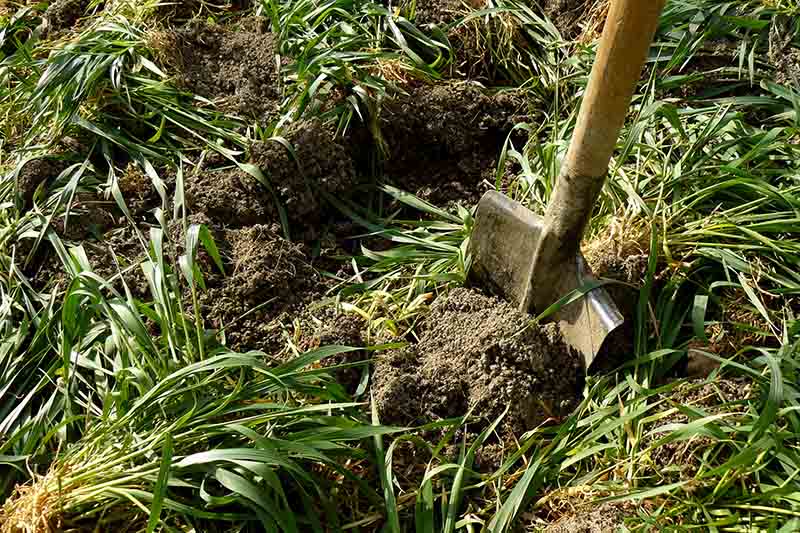

Upon getting this herb rising in your yard, it is potential you will resolve whether or not or not or to not make use of it for this function.
Once you select to take movement, dig crops as soon as extra into the yard earlier than flowering, since they self-seed merely.
Furthermore, it is strongly actually helpful that you just simply wait two to some weeks after mixing crops into the soil earlier than sowing new crops.
It is because of, an identical to the addition of compost or worm castings, it’d correctly briefly warmth up the underside and inhibit seed germination.
Sourcing Seeds
When you’re ready to develop this plant, you’ll analysis every little issue that it’s best to know in our “ Develop and Keep Borage Vegetation” and its complement, “When and Plant Borage Seeds.”
Yow will uncover seeds in quite a few packet sizes available on the market at Eden Brothers.
Borage, You’re Soil Good to Me!
Even when the entire science report isn’t available on the market on this yard herb, it’d correctly nonetheless ship advantages to the yard as a canopy crop, and perhaps whereas a inexperienced manure!
Merely be prepared for borage volunteers to spring up if any of these crops had been allowed to go to seed. So far as volunteers go, you’d in all probability obtain this loads worse.
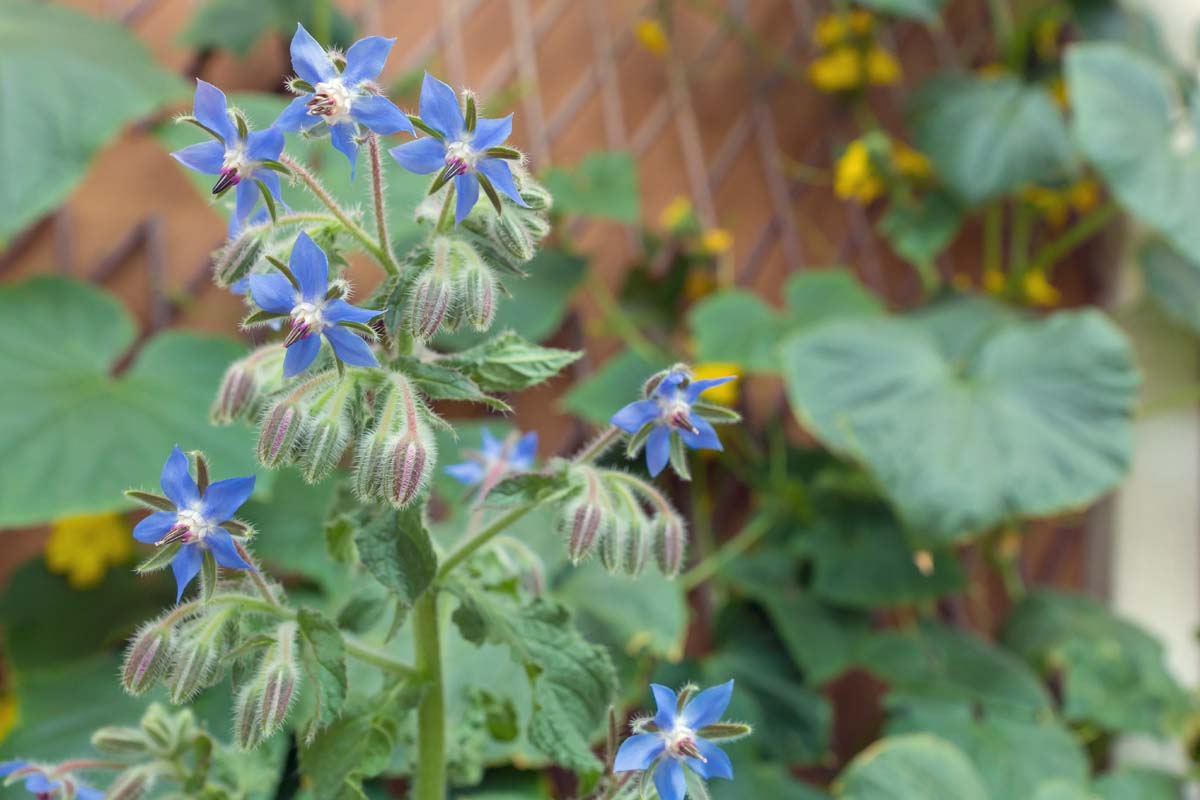

Have you ever ever ever tried rising borage as a canopy crop? Share your experiences contained in the options. And have you ever ever ever tried tilling this herb into your soil? Do inform, we’d all wish to take heed to one of the simplest ways it went for you.
If the thought-about bettering your soil to develop bushels of scrumptious produce is true up your alley, listed under are just a few further articles that could possibly be of curiosity:

